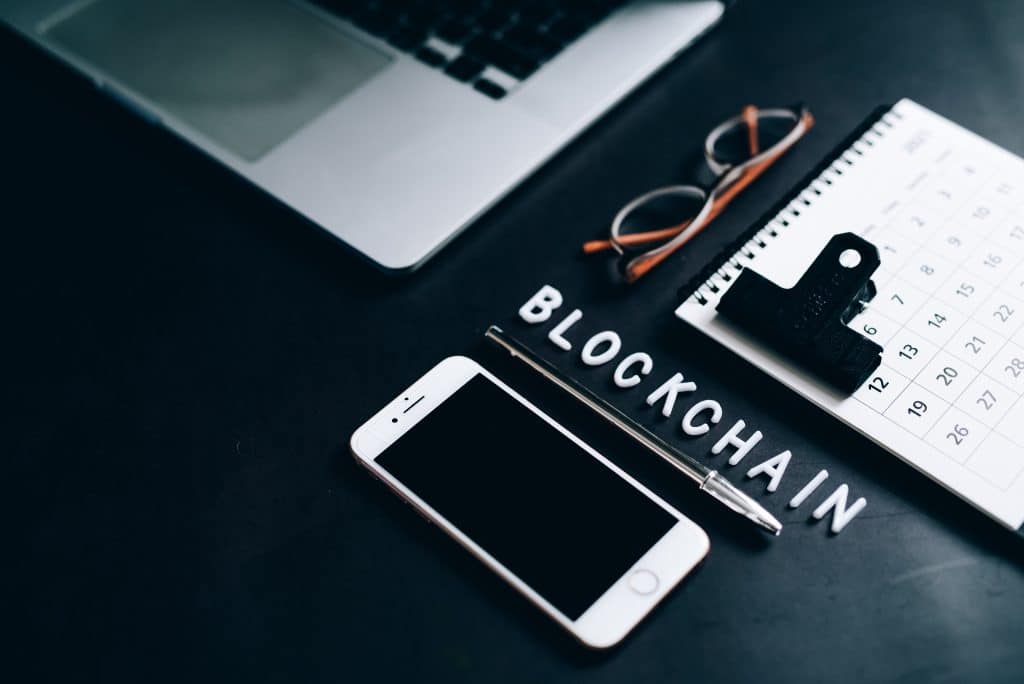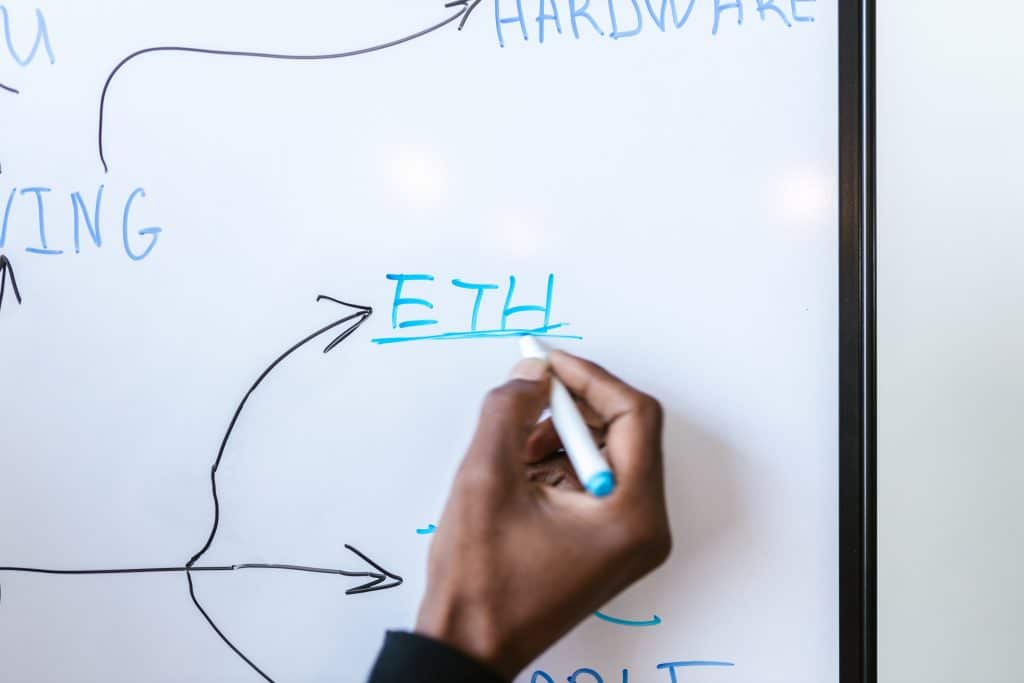What are Blockchain Risks & Security Issues?
Over the last 10 years, the security of blockchains and the impact it has on cybersecurity has become a popular topic in the financial and information technology circuits. As with all technologies, one should ask themselves whether it is safe to utilize it. The most well-known type of blockchain implementation is called Bitcoin.
Bitcoin has since evolved into one of the cryptocurrencies that make use of blockchain to secure the exchange of funds. This article will explain the basics of blockchain, how it is secure, blockchain security and risks, and the importance of conducting an audit for bitcoin as well as other cryptocurrency platforms.
What is Blockchain?
Blockchain is a system of records that is growing continuously as transactions are made. When transactions take place they are maintained in a manner that’s secure, consistent, and indestructible.
What exactly does this mean? It means that every transaction that is made with blockchain like a Bitcoin transaction, is added to an ongoing ledger, or list. The list is maintained in a manner that it is protected by encryption, which is done systematically (which means that transactions are sorted chronologically) and then in a way that can’t be altered, ensuring that the data recorded by blockchain is secure.
Today, the most well-known blockchain implementation is a cryptocurrency, particularly Bitcoin. Bitcoin is currently holding about 50 percent of the market. The second close currency Ethereum and a variety of other cryptocurrencies are also available. Although other kinds of blockchain implementations are available, Bitcoin and Ethereum by the majority are the most popular kinds.
How Secure is Blockchain? Is it Safe?
The answer is simple Blockchain is a safe method of making a database of transactions like the distribution of money. The three major reasons are listed below.

- Cryptography Blockchain – The blockchain implementation uses a form of encryption called Elliptic Curve Digital Signature Algorithm (ECDSA). This cryptographic algorithm employs encryption to ensure that the transactions that are processed are valid. For instance, if a transaction is the transfer of money, ECDSA creates a unique number, also known as a private key.
This has to be validated with the matching public key. In ECDSA the public key could be taken from the private key, but it is not the reverse, making it extremely difficult to hack. Private keys are designed to be hidden so it is possible to verify transactions. verified. Here is an illustration that explains the ECDSA procedure. For a more in-depth explanation of ECDSA, the reader can get more details on the NIST website. - Blockchain is decentralized – A certain number of transactions comprise one block in the chain. The transactions are distributed across different blocks to improve security.
- Consensus Model – Consensus models are a method that involves multiple parties working in concert to improve the security of an entire network. To ensure a secure network, at least 51% of participants represented in an untrusted network (aka the computer) are honest to ensure a stable network.
Bitcoin uses a consensus-based model, referred to as the Nakamoto Consensus. This consensus model stands out from other models through the usage of what is known as block selection. This is the reason to mine blocks since the successful mining of a block rewards miners with a predetermined amount of Bitcoin. This encourages the users of the network to be trustworthy.
What are Blockchain Risks & Security Issues?
As we’ve said Blockchain is a safe method to create an electronic database of transactions however, this does not mean that it doesn’t come with dangers.
The No.1 primary security threat and risk for blockchain security audits to an individual’s secret key can be compromised. If a private key of a person is stolen by an untrustworthy person, their transactions are not considered to be reliable because the encryption may be breached.
To stop this from happening, safeguards are required to secure the private key used to safeguard the transactions of an individual. It is important to keep in mind that just like other security measures, they’re only as effective as their consistency and effectiveness. Check out the section on auditing below for more details.
Risk No.2. Knowing absolutely certain that the transactions between two people that are represented by a private key and public key are the people they are representing and are not fraudulent individuals.
Due to the way blockchain functions and operates in complete anonymity, it’s difficult to conclude that the possibility exists there is a chance that you or the “person” on the other end might not be the person you would expect it to be. This is a particularly significant risk when significant amounts of funds or real estate are transferred via cryptocurrency.
One other major blockchain security concern is the risk inherent it is that proof of concepts (i.e. Bitcoin) being used to support blockchain fails. As previously mentioned Blockchain relies on a consensus system to function. If for some reason, the majority of users were no longer invested in the overall success of the system, it would not be considered to be reliable. This would mean that the security of the transactions could be compromised.
Auditing Blockchain & Bitcoin
There are numerous platforms or applications that offer services connected to Bitcoin or another cryptocurrency however If you’re considering using a platform to start your own Initial Coin Offering (ICO) or similar, it could be beneficial to look for a company that has contracted a third party to conduct a security check for example, a SOC report.

It will give you some peace of mind that the controls have been put in place to safeguard the private keys of their clients and/or wallets. As I mentioned earlier the security measures implemented will only protect the security measures implemented to verify that nobody else has access to private keys.
In the realm of security, the most important factor to success is to ensure that the controls perform as they were intended to. For instance, in the case where an organization uses an application to host your private keys, they are required to safeguard their servers by patching them every quarter however, the application does not patch or a vulnerability that is known is exploited.
In this scenario, it is possible that the platform could be accessed by an unauthorized person and, as a result, could be hacked, exposing sensitive information like the private keys needed for legitimate transactions on the blockchain.
Security reports for these businesses will examine a variety of other safeguards, such as regular monitoring of security vulnerabilities working station control such as patches or antivirus software, access physical control and the list goes on.
In addition, security reports must be able to establish the effectiveness of the security controls identified for a specified duration of time. It allows the readers to have confidence that the data being stored is safe.
Summary
Knowing the security of blockchain, dangers, and ways that auditing can help determine whether the platforms that host blockchain applications are secure and help those individuals or organizations interested in investing in or using the services.
In terms of blockchain security, it’s crucial to understand that although it’s a safe process security is heavily dependent on the controls that are that limit access to private keys, which is the obligation of the user.
In addition, the security of blockchains can be evaluated by a third auditing company. This gives those who want to utilize platforms and applications assurance that the controls are in place and without having to conduct all due diligence themselves.














Leave a Reply